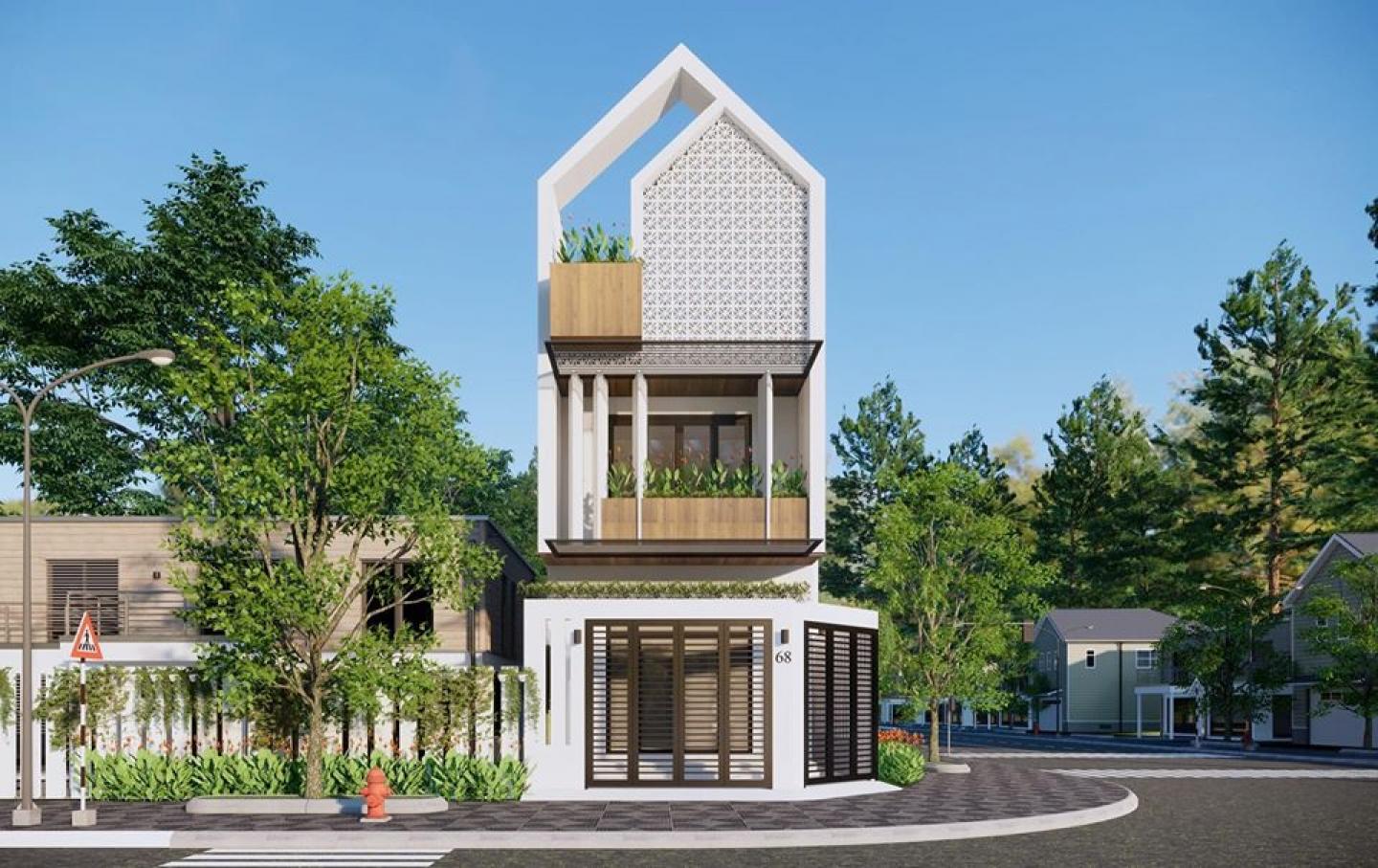Designing a housing team in the city is a problem to complement the urban structure, to enter into the network of existing links, potentially enriching it with new threads. The designed complex becomes at the same time part of the city landscape and the network of local and trans-local connections. It manifests itself in many interrelated layers - solid and movable existing in the visible and non-material dimensions. The urban tissue replenishment design process requires deep context analyses to integrate the newly created area into the city space and surrounding green areas.
SUBJECT: The theme of the classes is the architectural and urban design of a complex of low-single-family residential development. On its territory it is necessary to design buildings, communication system and common spaces.
Residential buildings in the building:
• mixed compact (serial)
• extensive (detached and semi-detached houses)
· Recommended building height: up to 12 meters.
· Recommended proportions of the number of apartments to the number of parking spaces:
· for each apartment should be designed 1.5 parking space
TECHNICAL DESCRIPTION OF THE SOLUTIONS AND TECHNOLOGIES ADOPTED
Eco-housing team in the Stelmachów investment, which is located in a very green and quiet district of Krakow - is a complex of 67 intimate 2-storey single-family buildings with a terraced layout with garage and above-ground parking spaces.
Residential buildings of 153 m2 have been arranged into 5 rooms, so that each client will be able to choose the accommodation according to individual needs. All rooms are equipped with spacious terraces with a garden or balcony areas.
A rainwater recovery system is designed - rainwater is collected from the roof through a gutter system and then fed through a drain pipe into the tank. It is cleaned on a small-meshed basket filter and then flows into the tank in a gravitational manner. The pump pumps water from the utensil tank (toilet flusher, washing machine) in the building.If the water level in the tank is too low, then water is automatically fed on the utensils. The system is equipped with a control panel with a self-sui touching pump and control of the water supplement.
2017
0000
As already mentioned above in this eco-housing complex projected green roofs (construction of the stropod with inverted layer layout).
Order of laying of layers of green roof (from above):
• plant layer – allows the proper development of all types of plants,
• filter layer – protects drainage from contamination,
• drainage layer – collects and drains water,
• protective layer – protects the lower layers from root development,
• thermal insulation layer - provides insulation, heat additionally drains water residues,
• waterproofing layer – protects the ceiling from moisture penetration.
Apartments from 51 to 75m2 are designed so that they can offer as much comfort as possible to a single-family house, while maintaining a smaller size.
The walls are made of several layers with a total thickness of 48 cm. And with a thickness of 24 cm between buildings with expansion.
Floor height 3.10 m.
Floors +2 and ground floor were designed as monolithic.
Position depth -1.35 m below ground level (ocjekt located in Krakow). According to the freezing conditions of the ground in the predominant area of Polish, this is a depth of 1m.
The thickness of the ceiling between the storeys is 30 cm.
Thickness of the stropod with an inverted layer layout of 63 cm.
Environmentally friendly circulation of materials through their impact during use and disposal or reusability. The aim here is to reduce needs and costs, reuse or, as a last resort, to recycle.
The team is based on the concept of an open common space, which is to bring people closer together and at the same time provide them with the maximum level of comfort.
Together with the estate, parks are also created, fulfilling the role of a living room and a "third place" - after home and work - where residents will spend a lot of time and freely watch.
The right climate is undoubtedly also added by walking paths and lighting, which will safely lead every resident straight to the building.
Greenery is preserved everywhere – roads are planted with trees, green areas are covered with roofs, sidewalks connect green belts.
In the estate will be planted igliaste trees. The main advantage of coniferous trees and shrubs is that they are equally attractive all year round. So they are also an ornament when deciduous plants scare naked branches. In winter, therefore, they are the focal point of green areas. In addition, they do not usually require many care procedures, which makes them ideal for planting on residential squares. Evergreen and uncomplicated in maintenance
Residents of the eco-team have at their disposal physical recreation places adapted to age-related requirements. Designed zoned playgrounds, where every age group will find something for themselves.
Adults of all ages enjoy multifunctional playgrounds, outdoor gyms, running and cycling paths, and hiking. Older people and people with disabilities have community gardens for themselves, where classes for seniors are offered.
Residents will be able to take advantage of the children's entertainment corner. In addition, two zones are planned on the charming patio, one of which is specially adapted for the little ones. A sandpit has been created for them, where they will be able to play with their peers, under the watchful eye of their parents.
The eco-housing team in the Stelmach investment is not only a few buildings built in close proximity to each other – it is a community that, through a sense of belonging, creates a community and a friendly place. The common space can therefore be called the heart of the team.
The team uses advanced technologies for drinking water protection and rainwater purification. Water from rainfall is collected in underground tanks, sustainable drainage systems are designed. Water purification systems are in operation using plant filters.
Hussein Bagher



